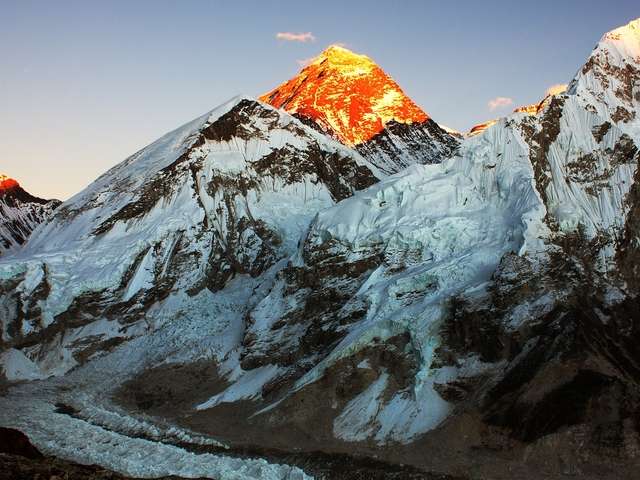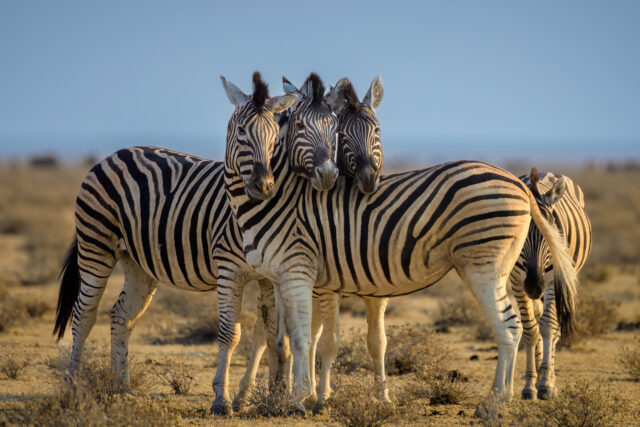
Casual, comfortable clothing is suitable throughout the year when on safari. Apart from selecting reasonably neutral or ‘non-bright’ colored clothing, safari-wear is generally casual and practical. Be sure you take clothes that you feel comfortable in – especially when it comes to your walking/hiking boots. The newer quick-drying fabrics, shirts with ventilation and trousers that convert into shorts are all worth considering.
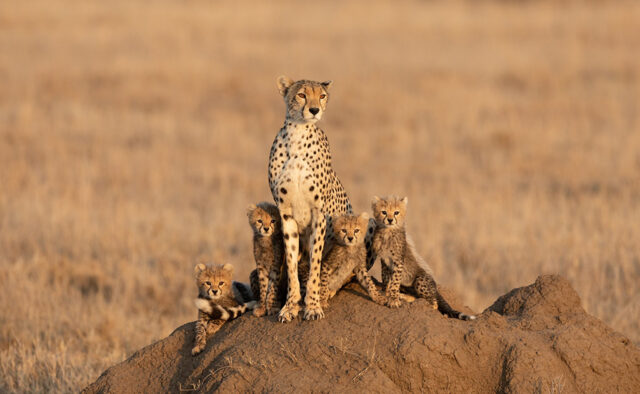
With an estimated 4 million wild animals roaming its plains, the wildlife viewing in Tanzania is legendary. Though there are several safari circuits within the country, the most popular by far is the Northern circuit. Made famous by the Great Migration, the Northern circuit encompasses quintessential safari parks including Serengeti National Park (NP), Ngorongoro Conservation Area, Tarangire NP, Lake Manyara NP, and Arusha NP. Kenya’s Amboseli NP is not typically part of the Northern Circuit but since it’s an easily accessible and magnificent park, it’s a must see. East Africa, and Tanzania in particular, is by every definition a wildlife lover’s paradise. The best way to experience it is by grabbing your binoculars, joining a jeep safari and cruising through the endless savanna.

For those already planning to trek Kilimanjaro, adding the second highest mountain in Tanzania and the fifth highest mountain in Africa to your itinerary without going far out of your way is a no brainer. Strategically speaking, trekking Meru before summiting Kilimanjaro can be a great way to acclimate before summiting the tallest peak in Africa. It is also one of the most spectacular treks in East Africa, with stunning sunrise views of Kilimanjaro from the crater’s ridge, lush rainforests, cascading waterfalls and a diverse throng of wildlife. Keep reading to discover why trekking Mt. Meru is a must do when in Tanzania.
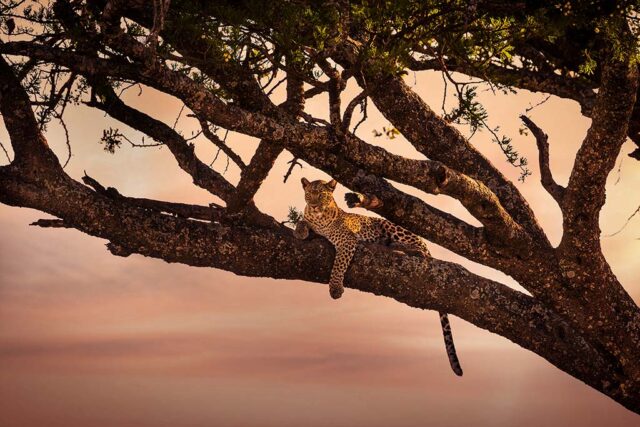
A country rich in world wonders, from Kilimanjaro, the world’s largest free standing mountain, to the Great Migration, where 2 millions wildebeest, zebras and gazelles make their yearly circuit through the world famous Serengeti. From hiking an active volcano, visiting one of the country’s 130 tribes, or spotting the Big Five in one of the world class safari parks, Tanzania has it all. After exploring the hot savanna, relax on the resplendent beaches of the Zanzibar Archipelago before diving into the azure water to see the colorful coral gardens below. After consulting our adventure experts, we bring you the top 20 things to do in Tanzania, one of Africa’s top destinations.
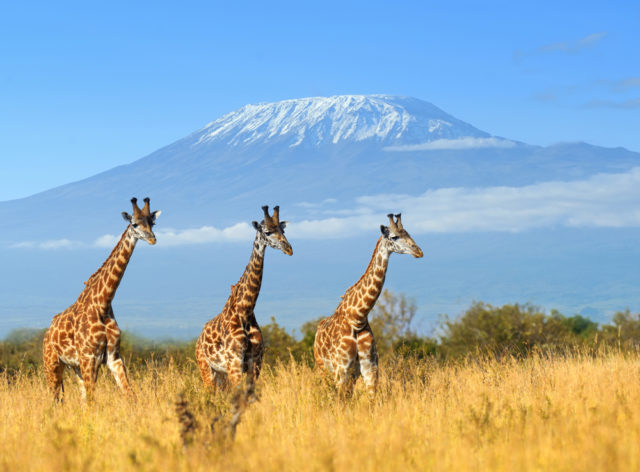
Once you decide you’re going to take on Africa’s highest peak there are a few things you’ll need to figure out before you set foot on the mountain. We help hundreds of climbers make their way to the summit of Kilimanjaro each year, and wanted to answer some of the most common questions we get as people prepare for their trip.
There are a number of great day trip options from Moshi to explore during a layover day or stretch your legs after a long flight to Tanzania. From local culture and food tours to day hikes and hot springs there are lots of fun options. Here are three favorites from our staff and past guests:
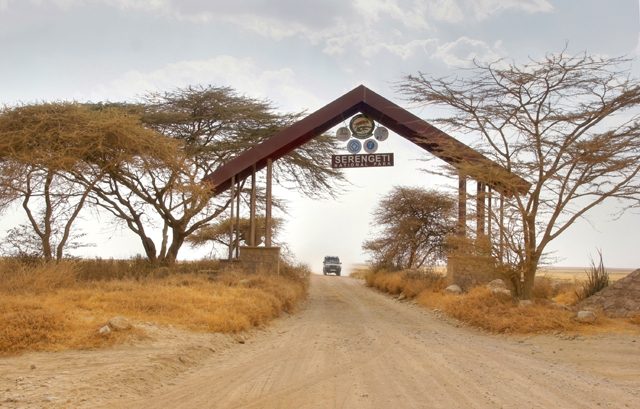
A joining safari is exactly what it sounds like; you join up with different groups and trips that are going to the same locations all over the Serengeti. These types of safaris sound great at first glance, especially as a solo traveler, because you will get to meet new people every day from all parts of the world. They are generally very cheap to operate, and can be put together relatively last minute as well. There are many good things about the joining safari, but let’s talk about some of the issues that you will want to know about before making this decision.
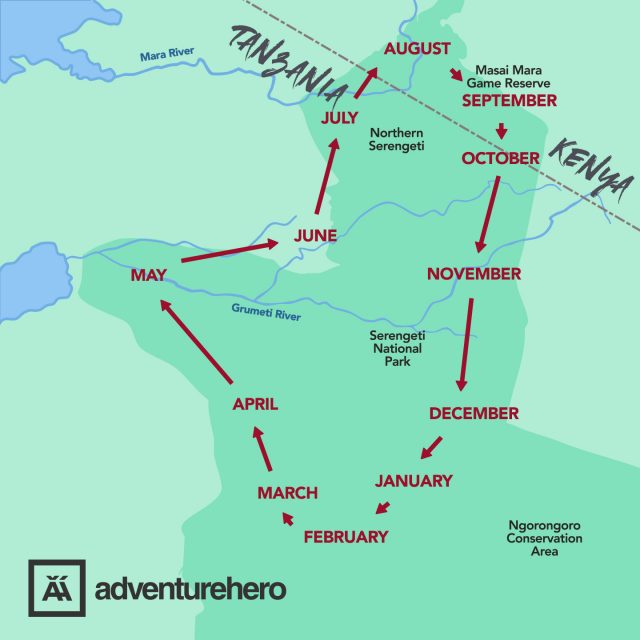
The Great Migration is one of the natural wonders of the world. The scale of the Migration is hard to imagine, each year over 2 million wildebeests follow the rains in a 1,800 mile (2,900 km) circle through Tanzania and Kenya. With these massive herds come fellow migrants. Zebra and antelope travel with the wildebeest herds seeking water and fresh grass, while lions, cheetahs, and other predators follow in the herds wake seeking an easy meal. The Migration represents a dynamic, flowing ecosystem at work as so many different animals move across the region. Witnessing the Great Migration is an incredible, unforgettable experience that draws people from all across the world to the Serengeti each year.

If you have not been on safari before choosing the right accommodation can be a bit difficult. There are basically three different levels of accommodation; Basic camping, tented camps (Mid range and luxury) and lodges. Here is a brief overview of what you might expect from each type.
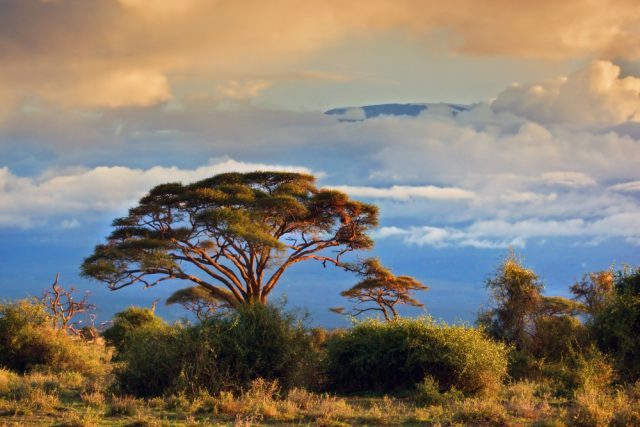
Mount Kilimanjaro, often called “the Roof of Africa”, is the tallest mountain on the continent, and at 5,895m, it is the tallest free-standing mountain on Earth. It has been a focus point for climbers from all over the world since it was first summited over 125 years ago. Depending on the route, climbers find that Kilimanjaro has almost every kind of ecological system somewhere on the mountain: cultivated land, rain forest, heath, moorland, alpine desert, and an arctic summit. Each route leads the climber through a different set of ecological wonders on the way to the Uhuru Peak.
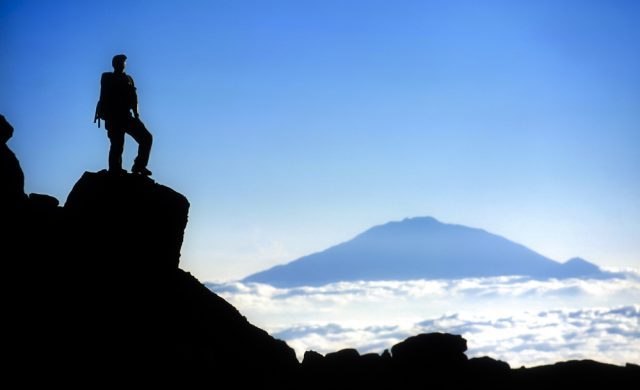
We lead hundreds of climbers of all ages and levels of fitness to Kilimanjaro each year. The two questions that nearly every climber asks before trying for Uhuru Peak are: “How hard is the climb, and how do I prepare?” Many people picture the climb up Kilimanjaro as something like a marathon up Africa’s tallest mountain, a physical challenge far beyond their ability. While the climb is tough, it is not nearly so bad as this. With the right attitude and good preparation, climbers young and old successfully reach the summit each year, and have a wonderful time along the way.








